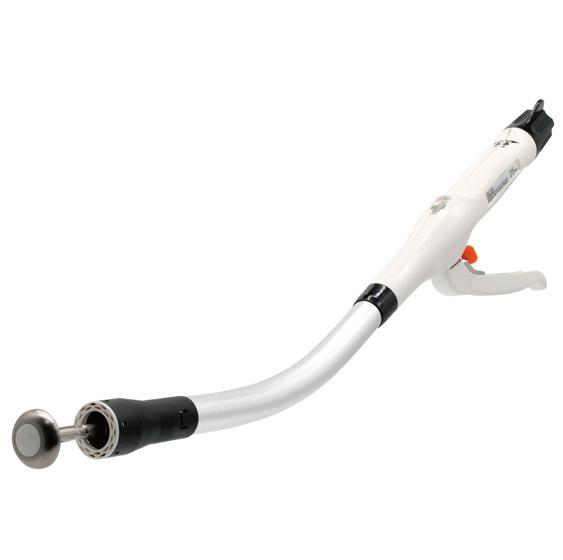Mixed hemorrhoids refer to lumps connected at the same site caused by vascular precipitation, pathological dilation or hyperplasia of the lower rectum, and expansion of the inferior venous plexus below the dentate line. It has the characteristics of internal and external hemorrhoids. Generally speaking, mixed hemorrhoids can be treated by surgery, so what are the surgical treatment methods for mixed hemorrhoids?
1. External stripping and internal ligation
Hybrid hemorrhoids external stripping and internal ligation is a traditional method of hemorrhoid surgery, and it is also a classic surgical treatment for hemorrhoids in clinical practice. In simple terms, it means cutting off the hemorrhoids of the external hemorrhoids and ligating the hemorrhoids of the internal hemorrhoids. This type of operation is relatively effective in the treatment of hemorrhoids and is not prone to recurrence. However, this type of operation has high technical requirements for the operator. If the operation is not performed properly, it will cause various complications, or even more serious symptoms.
2. Stapling hemorrhoid cutting (PPH)
Hemorrhoidal circular stapler is also referred to as PPH surgery in medicine. Circular stapler surgery principle is to perform circular resection and anastomosis of part of internal hemorrhoids, supra-hemorrhoid mucosa, and submucosa using a hemorrhoid circular suture device to perform instant anastomosis. This can not only block the blood supply of hemorrhoids, but also suspend and fix the slip tissue, and restore the pathological state of the anorectal to the normal state. This surgical method is more suitable for severe patients.

3. Selective Hemorrhoid Mucosal Resection (TST)
Selective hemorrhoidal mucosal resection is a relatively new surgical treatment method, an it is also called TST surgery in medicine. It uses a special anoscope to form different open-loop windows, and only exposes the mucosa of the hemorrhoid area, which has a relatively strong pertinence. It can retain the normal anal cushion and mucosal bridge, and then has the function of protecting the anus, reducing the trauma after the operation and making the operation more minimally invasive so the operation time is relatively short. This type of operation has better results for internal and external hemorrhoids and mixed hemorrhoids, and is also more suitable for patients with stages 3 and 4.
4. Apron ligation method
The apron ligation method is a surgical treatment for mixed hemorrhoids and internal hemorrhoids, and it is more suitable for stage 2 and 3 patients. Its principle is to insert a small rubber ring into the root of hemorrhoids through a device, and then use the strong elasticity of the rubber ring to block the blood circulation of the internal hemorrhoids, making the hemorrhoids hypoxia and necrosis dead and then they can heal then. This is a common surgical treatment on a daily basis. Complications such as blood in the stool and edema often occur after surgery, so protection and treatment should be done in time.